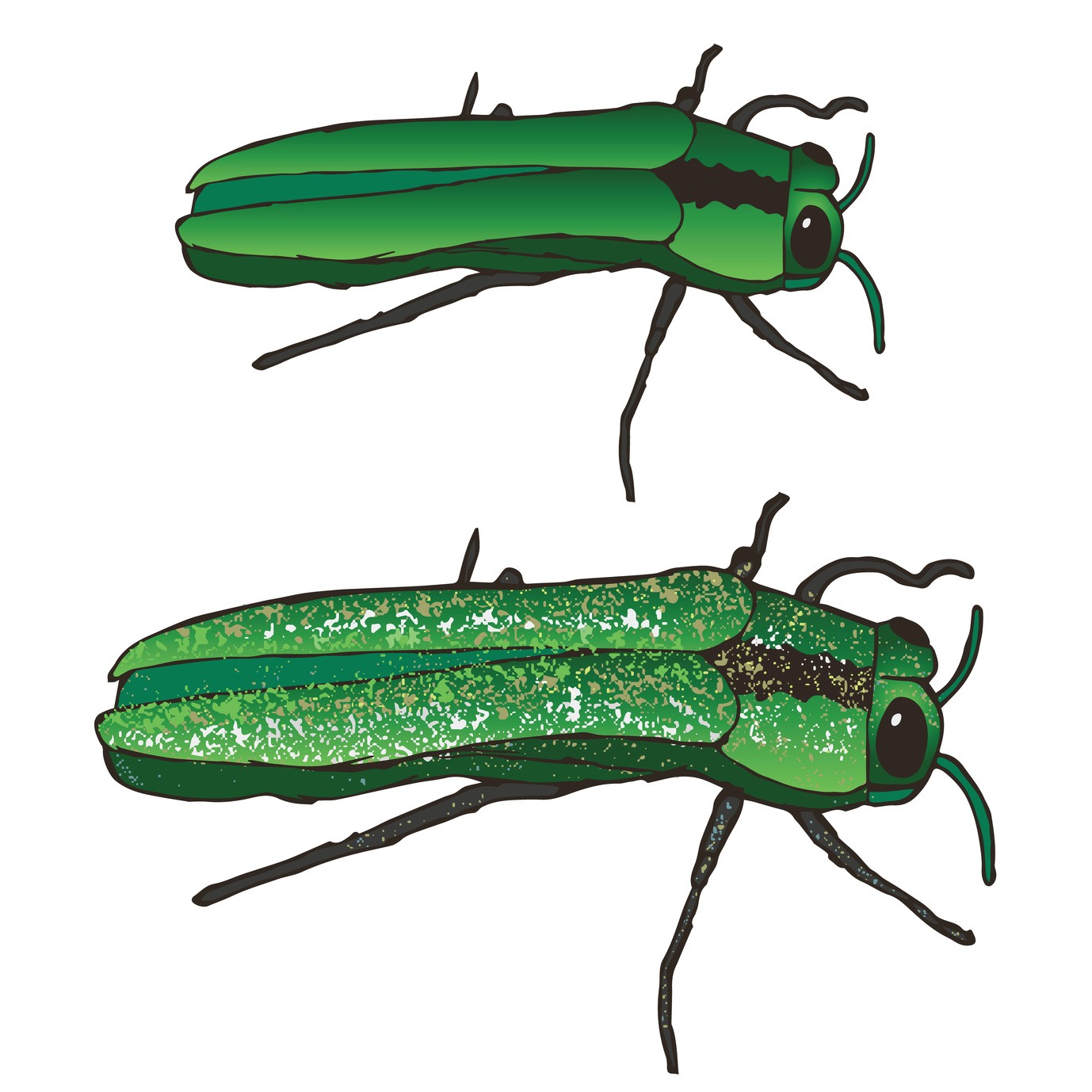Cicadas are Back in 2015 – Yard Pest Control Springfield MO
Well folks, I’ll keep it short and sweet… the cicadas (sometimes also known as “locusts”) are back in 2015. We actually have 2 populations emerging this year near Springfield, Missouri. Typically they emerge in early May. There is a 17-year cycle that will emerge on the west side of the state near Kansas City, as well as a 13 year population that will emerge on the east side of the state closer to Arkansas. It is rare that we have two cycles emerging at the same time so expect to see quite a few flying around this year.
What does this mean for your plants and trees? Well, basically the main thing you will notice is insect shells all over the place, but you may also find ovi-positing slits in branches from egg-laying and possible some branch flagging. In most cases, this should not be a major concern for the trees or plants but we specialize in yard pest control even though there’s not a lot to do with cicadas. In extreme cases, there is potential for some damage and extra stress to affected plants, but the damage from cicadas is usually not a big deal. The phenomenon itself is just interesting to be aware of.
Some things we can expect after cicada emergence is an increase in mammal populations the following 1-2 years. You can also expect an increase in ticks and other mammal feeding insects 2-3 years following emergence.
For more on the periodical cicadas visit: www.magicicada.org and www.indiana.edu/~preserve/cicada/CicadasPres/slide14.html
I would like to give thanks to Rob Lawrence, Forest Entomologist at the Missouri Department of Conservation, for the information above. All of this information was presented by Rob during the 2015 Tree Insect and Disease Update in Springfield, Missouri.
Jeffrey R. Gabris, MBA
ISA Certified Arborist – MW5363A



